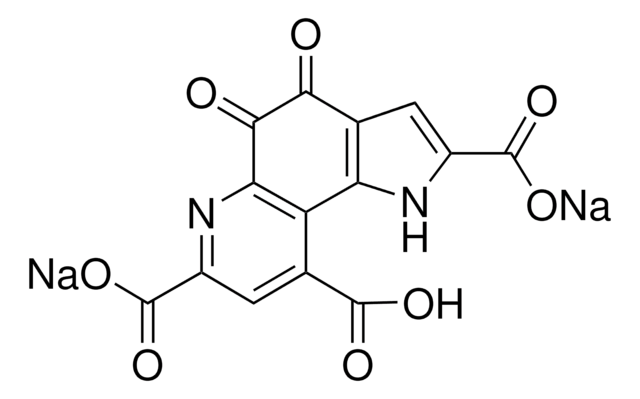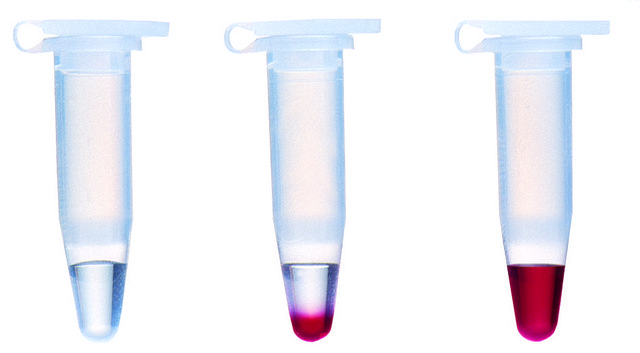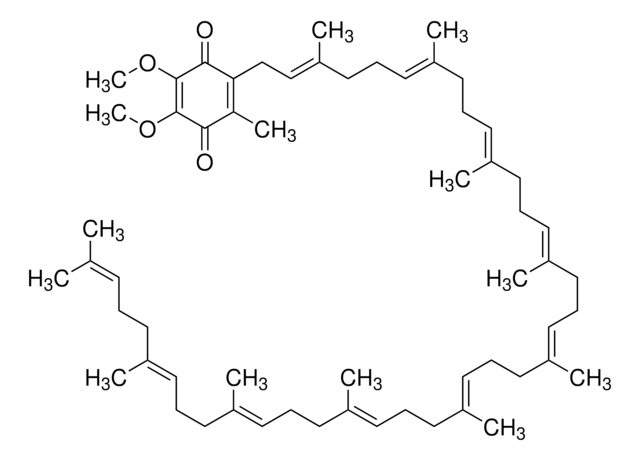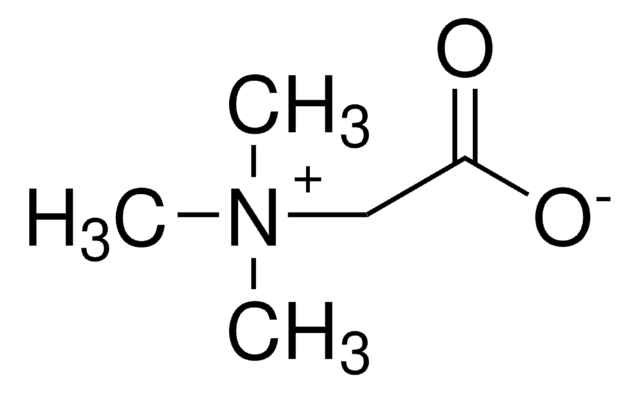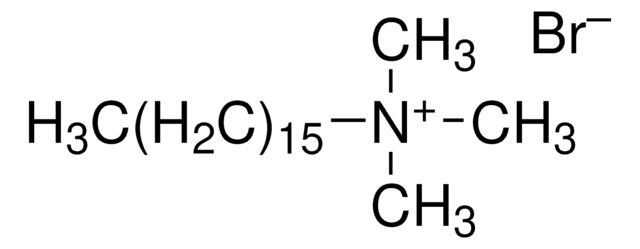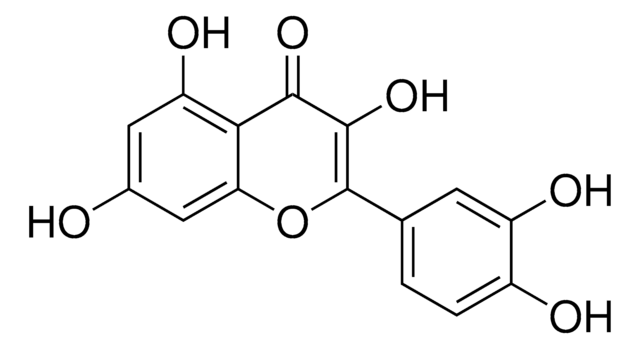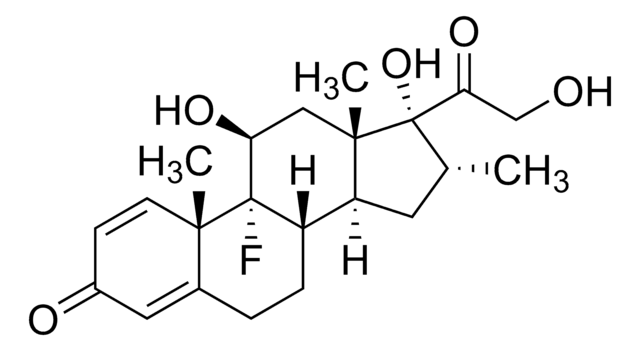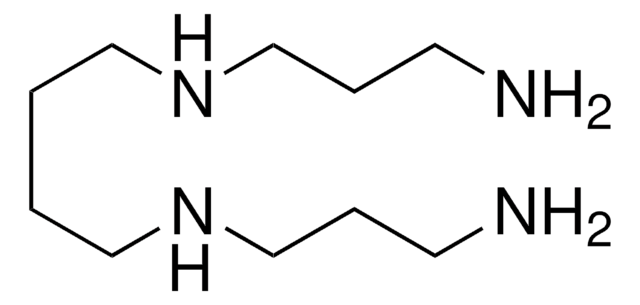D7783
Pyrroloquinoline quinone
≥95.0% (HPLC)
Synonym(s):
4,5-Dihydro-4,5-dioxo-1H-pyrrolo[2,3-f]quinoline-2,7,9-tricarboxylic acid, Methoxatin, PQQ
About This Item
Recommended Products
biological source
synthetic
Quality Level
Assay
≥95.0% (HPLC)
form
powder
technique(s)
HPLC: suitable
color
red to deep red
storage temp.
2-8°C
SMILES string
OC(=O)c1cc(C(O)=O)c-2c(n1)C(=O)C(=O)c3cc([nH]c-23)C(O)=O
InChI
1S/C14H6N2O8/c17-10-4-2-6(14(23)24)15-8(4)7-3(12(19)20)1-5(13(21)22)16-9(7)11(10)18/h1-2,15H,(H,19,20)(H,21,22)(H,23,24)
InChI key
MMXZSJMASHPLLR-UHFFFAOYSA-N
Looking for similar products? Visit Product Comparison Guide
General description
Application
- as a component of nanocurcumin formulation (NCF), to study its therapeutic effect on ameliorate hypoxia-induced stress in hypertrophied cardiomyocytes
- as a standard in fluorescence analysis
- to test its efficiency in suppressing restrained oxidative stress and hepatic fibrogenesis in mouse models
Biochem/physiol Actions
Storage Class Code
11 - Combustible Solids
WGK
WGK 3
Flash Point(F)
Not applicable
Flash Point(C)
Not applicable
Personal Protective Equipment
Choose from one of the most recent versions:
Already Own This Product?
Find documentation for the products that you have recently purchased in the Document Library.
Our team of scientists has experience in all areas of research including Life Science, Material Science, Chemical Synthesis, Chromatography, Analytical and many others.
Contact Technical Service